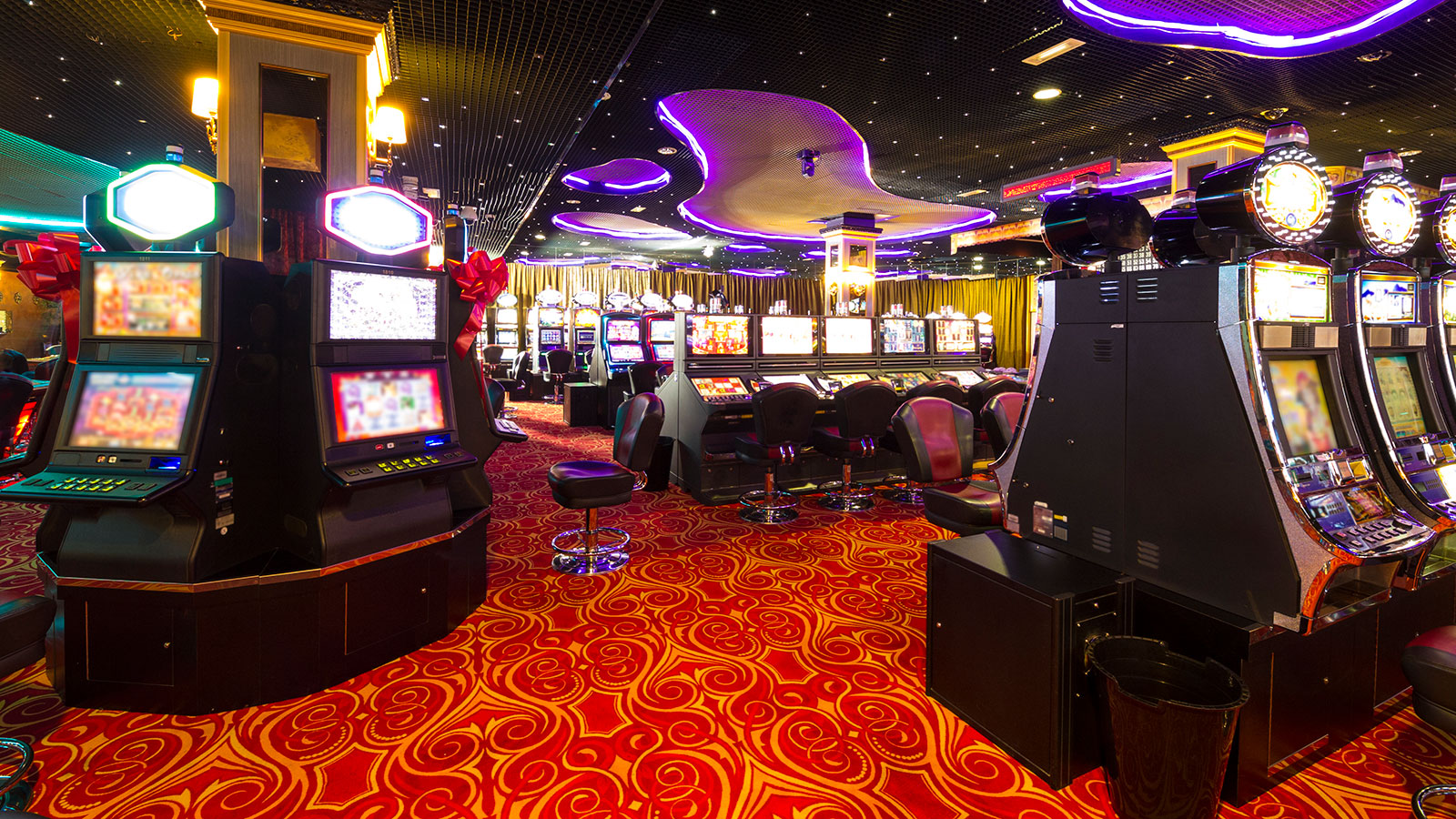
Within the vibrant and stimulating world of gaming establishments, wherein luck and tactics intertwine, color and design play a key role in drawing in players. From the moment players step into a casino or access a gaming platform, they are immersed in a sightly feast that grabs their attention and entices them to discover more. Vivid colors, engaging graphics, and innovative layouts are meticulously crafted to create an environment of thrill and expectation, ultimately enhancing the gaming experience.
As players navigate through the ever-changing landscape of casino games, they come across a variety of designs that not only serve visual purposes but also affect emotions and choices. Hues like scarlet and yellow symbolize riches and fortune, while soothing navy and greens can create a more tranquil environment. Grasping how these elements work together enables casinos to create an welcoming and stimulating atmosphere that encourages players to interact with the games, spend additional time at the tables, and boost their general enjoyment.
The Science of Hue in Gambling Games
Tint plays a critical role in the creation of gambling games, influencing player emotions and actions. Vivid and bold shades, such as red and gold, are often used to ignite thrill and draw focus. These hues create a sense pressure and vitality, encouraging players to participate more readily with the activity. By thoughtfully selecting tints, creators aim to elicit emotions of pleasure and anticipation, which can enhance the total gaming experience.
Distinct shades also have psychological connotations that can impact how players perceive their odds of winning. For case, emerald is commonly associated with luck and abundance, making it a popular choice in games like the roulette wheel and poker tables. This connection can cause participants to feel more positive and confident in their gaming, ultimately inspiring them to bet more. Grasping these connections allows game creators to craft environments that enhance player enjoyment and retention.
Furthermore, the layout of gambling game interfaces often employs color gradients and differing shades to direct players’ responses. For instance, successful combinations may be emphasized with vivid, differing colors, creating a visual reward. This technique reinforces successful results and encourages repeated engagement. By utilizing color psychology, gaming venues can design games that not only captivate players but also hold them interested and committed in their game experience.
Creative Features that Engage Gamers
The visual appeal of casino games is primarily influenced by the use of vibrant colors. Lively and contrasting colors are deliberately chosen to create an inviting atmosphere that grabs interest. For example, crimson and golds often signify good fortune and prosperity, which is why they are prevalent in the palettes of gaming machines and table surfaces. These colors not only attract players in, but they also evoke emotions related to thrill and anticipation, enhancing the overall gaming experience.
In parallel to color, the aesthetic and organization of gambling games play a significant role in player attraction. Games are designed to be user-friendly, ensuring that players can quickly understand the guidelines and gameplay. User-friendly interfaces, along with captivating graphics and motion, help maintain player interest and encourage longer play sessions. The physical elements, such as the texture of the controls and the audio of the games, also contribute to a comprehensive sensory experience that keeps players immersed.
In conclusion, conceptual elements in gaming design can greatly influence gaming decisions. Many casino games are inspired by popular culture, myths, or exploration motifs, featuring symbols and characters that resonate with players. These themes create a sense of engagement and connection, making each game feel unique. When players feel a connection to the concept, they are more likely to choose that game over others, leading to increased participation and enthusiasm within the casino environment. Nhà Cái Uy Tín
Case Studies: Effective Casino Table Game Designs
One noteworthy example of effective gambling game design is the well-known slot machine series based around popular movies. Games such as those based on the The Wizard of Oz and Game of thrones utilize vibrant colors and superior graphics to engage players in recognizable narratives. The employment of moving visuals and entertaining sound effects captures the attention of players, building an emotional connection to the theme. This approach not only encourages longer play but also enhances the overall gaming experience, resulting in increased player retention.
Another effective case is the use of color in table games like blackjack and the wheel. Casinos often create these games with rich reds and greens, colors traditionally linked with luck and wealth. For instance, the emerald felt on a 21 table provides a relaxing effect, while the crimson accents in roulette invite anticipation. This deliberate use of color helps to foster an inviting atmosphere that motivates players to participate, satisfying their psychological impulses and increasing their enjoyment.
Finally, social casino games that incorporate social features and vivid, colorful designs have experienced remarkable success in engaging players. Games like Zynga Poker and Slot-O-Mania leverage bright colors and playful animations to forge an inviting online environment. The integration of leaderboards, social sharing options, and in-game rewards promotes competition and community, attracting players in for longer sessions. Such designs not just make the games visually appealing but also emphasize social connectivity, a crucial factor in player retention and engagement within digital casino environments.
